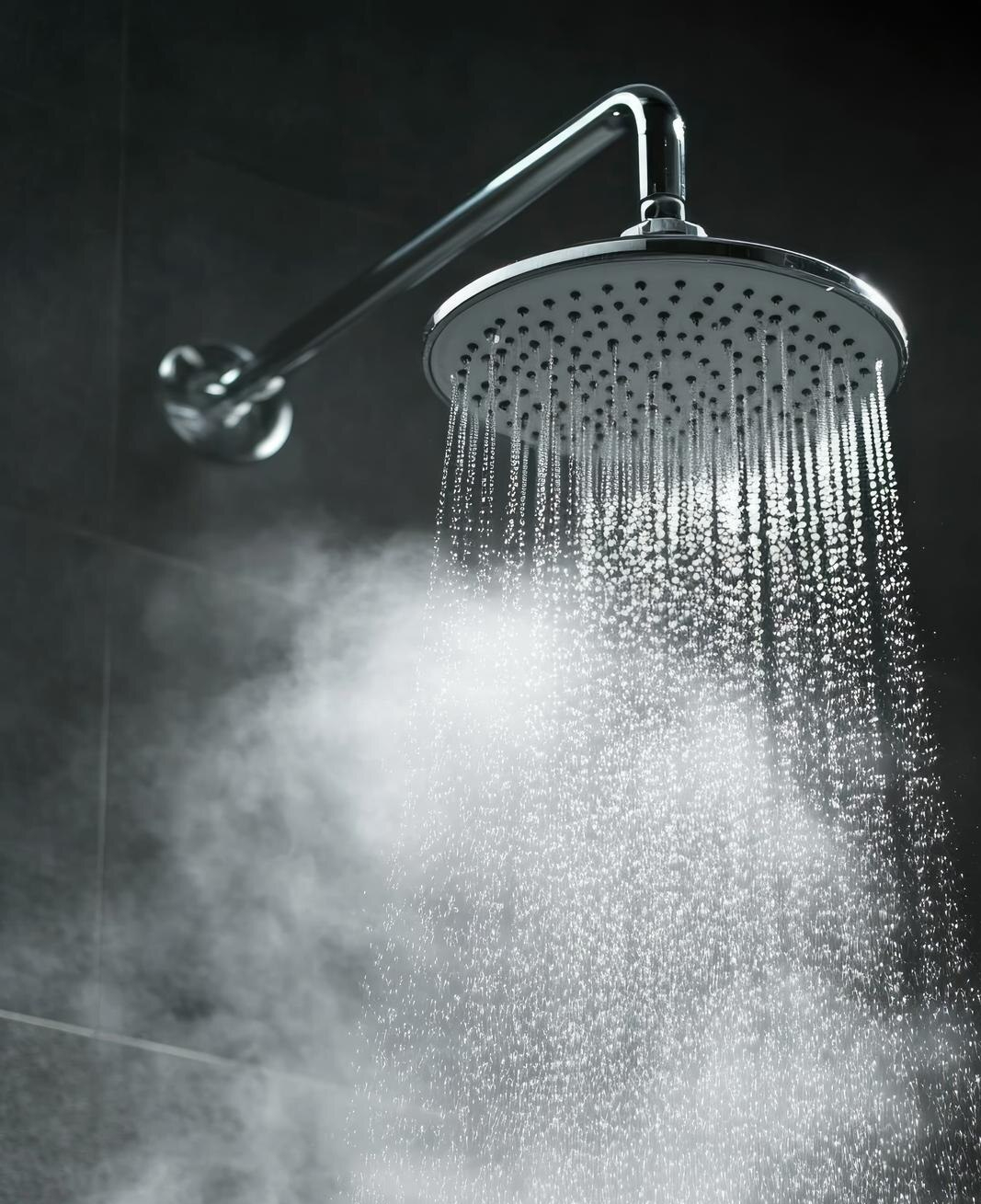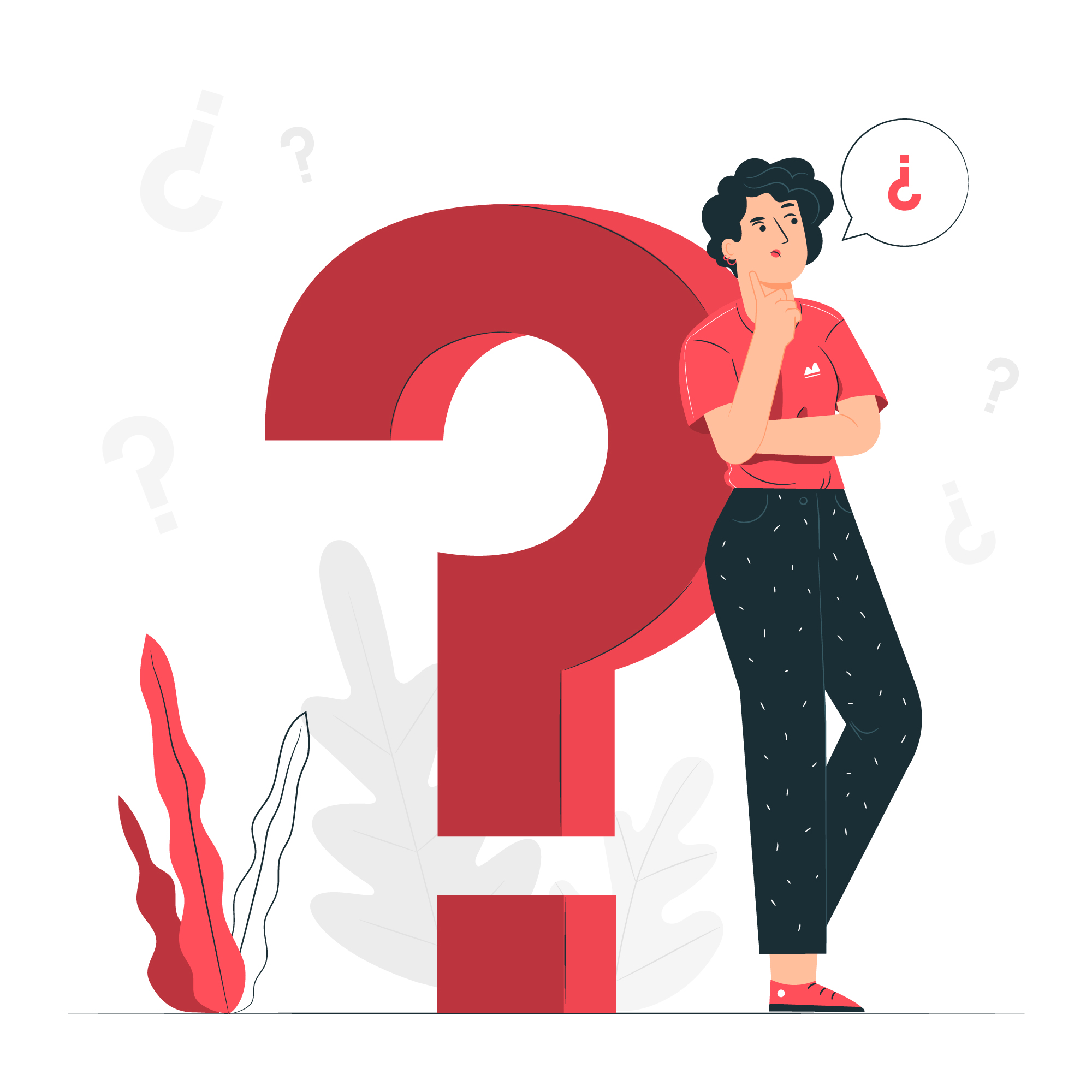How to Detect, Prevent, and Fix the Most Common Heat Pump Issues
Air-to-water heat pumps are among the most efficient and sustainable technologies for heating, cooling, and domestic hot water. But even high-performance units like the Tongyi R290 series can sometimes face technical challenges—especially if they are not installed or maintained properly, making heat pump troubleshooting an essential skill for ensuring long-term performance.
That’s why this week’s #TechFriday focuses on heat pump troubleshooting: what can go wrong, why it happens, and how to fix it before it becomes a real problem. Whether you’re a professional installer, service technician, or a curious user, this guide will help you understand and navigate the most common heat pump issues — and keep your system running smoothly.
1. Heat Pump Not Heating or Cooling Properly
What’s the cause?
If your heat pump isn’t delivering enough heat in winter or cooling in summer, the issue can stem from multiple factors. Common causes include incorrect thermostat settings, restricted airflow due to dirty filters or coils, a low refrigerant charge, or a faulty reversing valve in systems with both heating and cooling modes.
How to avoid it
Most of these problems are preventable with routine checks. Keeping the system clean and ensuring settings are optimized will go a long way.
How to fix it
- Make sure the thermostat is set to the correct temperature mode.
- Clean or replace clogged filters and dirty coils to restore airflow.
- Have a certified technician check refrigerant levels and fix leaks.
- If switching between heating and cooling fails, inspect and test the reversing valve.
2. Short Cycling (Frequent On/Off)
What’s the cause?
Short cycling means your heat pump is turning on and off too frequently. This can wear out components prematurely. Common reasons include a system that’s too large for the space, poor thermostat placement, restricted airflow, or refrigerant issues.
How to avoid it
Correct system sizing during installation and thoughtful thermostat placement are key. Regular airflow checks are equally important.
How to fix it
- Verify that the unit is not oversized; consider using a buffer tank to stabilize cycles.
- Relocate the thermostat away from heat sources like sunlight or appliances.
- Ensure air filters, vents, and coils are clean and unobstructed.
- Check refrigerant levels and recharge if necessary.
3. Ice on the Outdoor Unit
What’s the cause?
Frost is normal, especially in winter. But when ice builds up and doesn’t melt during the defrost cycle, something is wrong. As part of effective heat pump troubleshooting, this could point to a faulty defrost system, broken temperature sensors, low refrigerant levels, or a malfunctioning fan motor.
How to avoid it
Keep outdoor coils clean, schedule regular checks before winter, and ensure the defrost system is operating normally.
How to fix it
- Test and recalibrate temperature sensors that trigger the defrost cycle.
- Inspect the defrost control logic and update firmware if needed.
- Check the outdoor fan motor for damage or wear and replace if faulty.
- Verify refrigerant pressure and address any leaks with certified service.

4. Water Leaks (Indoors or Outdoors)
What’s the cause?
Leaks around the unit often come from a blocked condensate drain or improper pipe insulation. In some cases, leaks may also originate from the hydraulic system.
How to avoid it
Proper installation and regular cleaning of drainage components are essential. Don’t ignore early signs of dampness.
How to fix it
- Clear the condensate drain of dirt, algae, or mold.
- Insulate refrigerant and water pipes properly to avoid condensation drips.
- Inspect hydraulic fittings and joints for cracks or looseness, and reseal if needed.
5. Strange Noises or Vibrations
What’s the cause?
All heat pumps make some noise, but rattling, buzzing, or high-pitched whines indicate problems. Loose components, obstructions, or compressor issues are often responsible.
How to avoid it
Secure installation and periodic mechanical inspections help prevent most noise-related problems.
How to fix it
- Tighten any loose screws, panels, or vibration mounts.
- Clear fan blades of debris or ice buildup.
- Inspect the compressor for signs of mechanical or electrical failure.
6. Sudden Increase in Energy Bills
What’s the cause?
A spike in energy use may point to inefficiencies. Possible reasons include incorrect system settings, the unit relying too much on backup heating, or a drop in system efficiency due to lack of maintenance.
How to avoid it
Using smart controls and setting energy-efficient temperature schedules can significantly reduce energy waste.
How to fix it
- Optimize setpoints and use Tongyi’s smart control features to run efficient schedules.
- Check if the auxiliary electric heater is running unnecessarily and reconfigure the control logic.
- Update the system software to benefit from improved energy algorithms.

7. Control Panel or App Errors
What’s the cause?
If the heat pump control panel shows error codes or the mobile app loses connection, it might be due to faulty sensors, wiring problems, or outdated software.
How to avoid it
Keep your firmware updated and avoid tampering with control settings unless necessary.
How to fix it
- Use the diagnostic menu to identify specific sensor or communication errors.
- Test wiring and replace any damaged or corroded cables.
- Restart the control unit or reset cloud connections for app-based monitoring.
8. Defrost Cycle Not Working
What’s the cause?
If the unit doesn’t defrost properly in winter, it could be due to miscalibrated sensors, a control board error, or a lack of refrigerant.
How to avoid it
Annual winter prep checks and software updates help prevent these issues.
How to fix it
- Test coil and ambient sensors for accurate readings.
- Check that the defrost cycle is being triggered and completing.
- Evaluate the control board’s outputs and replace faulty relays if needed.
- Top up refrigerant charge only with R290-trained personnel.
Final Thoughts: Prevention is Better than Repair
Most heat pump issues are avoidable with simple maintenance and attention to early warning signs. Dirty filters, neglected sensors, or incorrect settings are behind the majority of malfunctions. Thankfully, Tongyi R290 heat pumps are designed with built-in diagnostics and smart controls, making heat pump troubleshooting faster and more accurate by providing real-time insights and early alerts before small issues become big problems.
And if something ever does go wrong? With these troubleshooting tips and a qualified technician, you’ll have your system back to optimal performance in no time.











